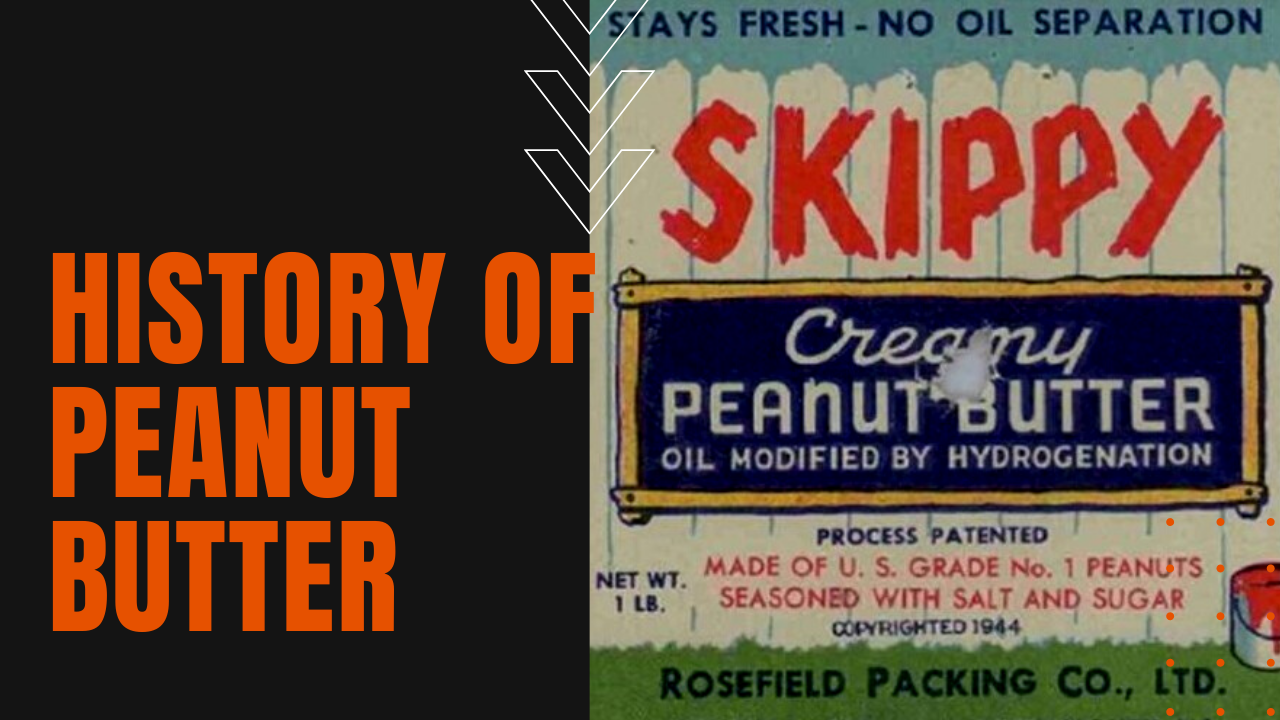History of Peanut Butter

Who Invented Peanut Butter?
While the Incas were first to grind peanuts into a pseudo paste a few thousand years ago, physician, nutritionist and cereal pioneer John Harvey Kellogg was the first to file a patent for peanut butter in 1895.
His process was to boil peanuts before grinding them into a paste at his wildly popular Battle Creek Sanitarium, informing his elite clientele that his vegetarian paste was,
“the most delicious nut butter you ever tasted in your life.”
John harvey kellogg
Peanut butter soon became an American staple, and as early as 1896, Good Housekeeping encouraged women to make their own nut butter with a meat grinder, and suggested pairing the spread with bread, while the Chicago Tribune rhapsodized in 1897 that “The active brains of American inventors have found new economic uses for the peanut.”
Before the end of the century, Joseph Lambert, an employee at Kellogg’s sanitarium may have been the first person to make the doctor’s peanut butter, when he invented machinery to roast and grind peanuts on a larger scale.
He launched the Lambert Food Company, selling peanut butter and the mills to make the tasty paste, paving the way for countless copycat businesses along the way. A 1908 ad for the now-defunct Loeber’s Peanut Butter of Delaware claimed that just 10 cents worth of peanut butter contained six times the energy of a porterhouse steak.
When World War One broke out, meat rationing made peanut butter a go-to dining option for “Meatless Mondays,” as Americans sacrificed for the war effort.
Partial Hydrogenation of Peanut Butter
While early peanut butter required a sludgy stir before spreading, in 1921, a Californian named Joseph Rosefield filed a patent for applying a chemical process to peanut butter called partial hydrogenation, which turned peanut butter into a stable semi-solid at room temperature—instantly spreadable upon demand.
The only invention that did more than hydrogenation to cement peanut butter in the hearts and mouths of America’s youth was sliced bread, which was first introduced by a St. Louis baker in the late 1920s, ushering in the popularity of the peanut butter and jelly sandwich or PB&J. Rosefield went on to found Skippy Peanut Butter, which debuted crunchy peanut butter and wide-mouth jars in the 1930s.
A recent article published in Smithsonian Magazine estimates that the average American youth consumes 1,500 PB&Js before graduating high school.
